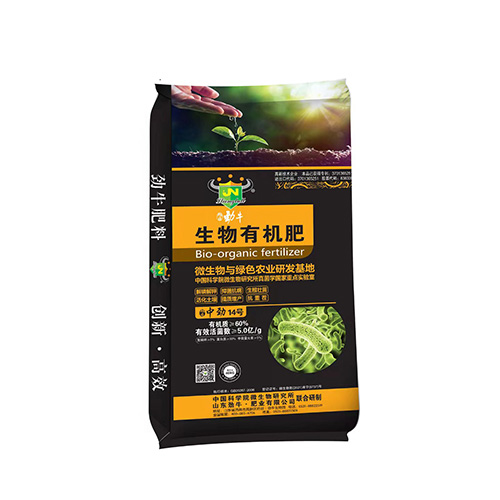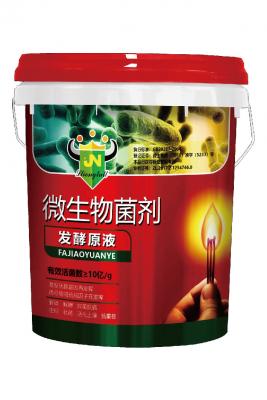Fertilization steps for microbial bacterial fertilizers
The main components of microbial bacterial fertilizer are organic matter and a large number of beneficial microorganisms, which are harmless to crops. Therefore, it can be used for mixed fertilizers, base fertilizers, seedlings, spraying and other uses. Use in the nursery process can not only promote root growth and make seedlings stronger, but also prevent diseases such as cataplexy, blight, and root rot.
When applying bottom fertilizer to crops, microbial bacterial fertilizer can be used in conjunction with organic fertilizer and compound fertilizer, which can not only improve fertilizer efficiency, but also inhibit soil pathogens.
Before sowing the crop, first soak the seeds with water, fish out, and then use microbial bacterial fertilizer to mix seeds, so that the seed surface is evenly covered with bacterial fertilizer, and the cool and ventilated place is slightly dry, which can be sown to prevent seed diseases.

After the microbial bacterial fertilizer is filtered, it is directly sprayed into the surface of the crop leaves, and its live spores use the nutrients and water on the leaf surface to multiply, quickly occupy the entire leaf surface, and secrete bactericidal active substances at the same time to effectively reject, inhibit and kill bacteria, prevent bacterial infection, and prevent the occurrence of diseases.
Purchasing microbial fertilizer is also a very important step. There are many microbial fertilizers on the market. When buying microbial fertilizer, pay attention to the content of beneficial bacteria. The more you add, the better. Second, it depends on the date of production, the manufacturer's data and whether the fertilizer contains impurities.
In microbial fertilizers, beneficial bacteria provide plants with a variety of nutrients. In the process of use, it should be fully effective. Welcome new and old customers to consult.



